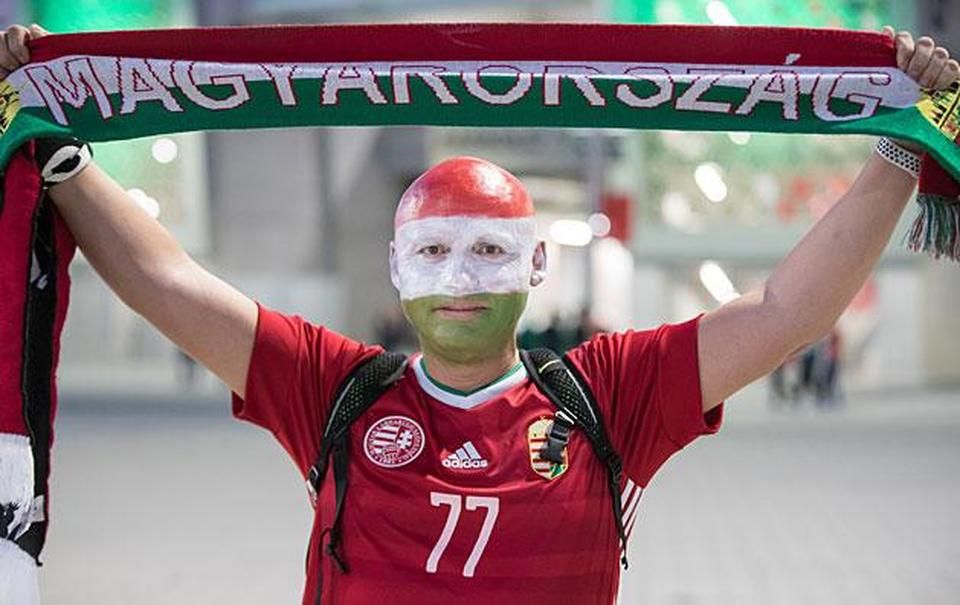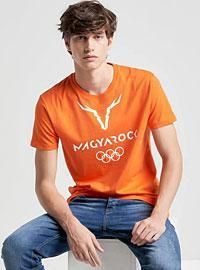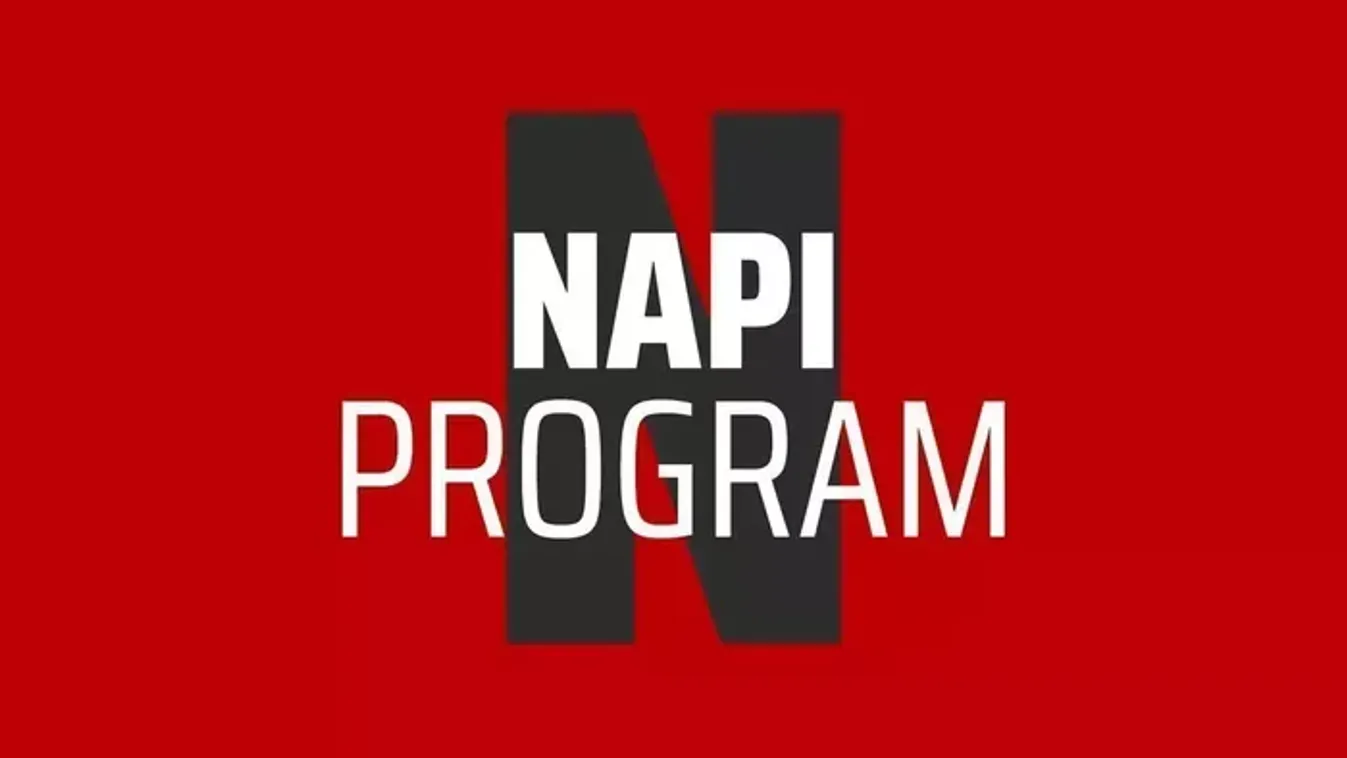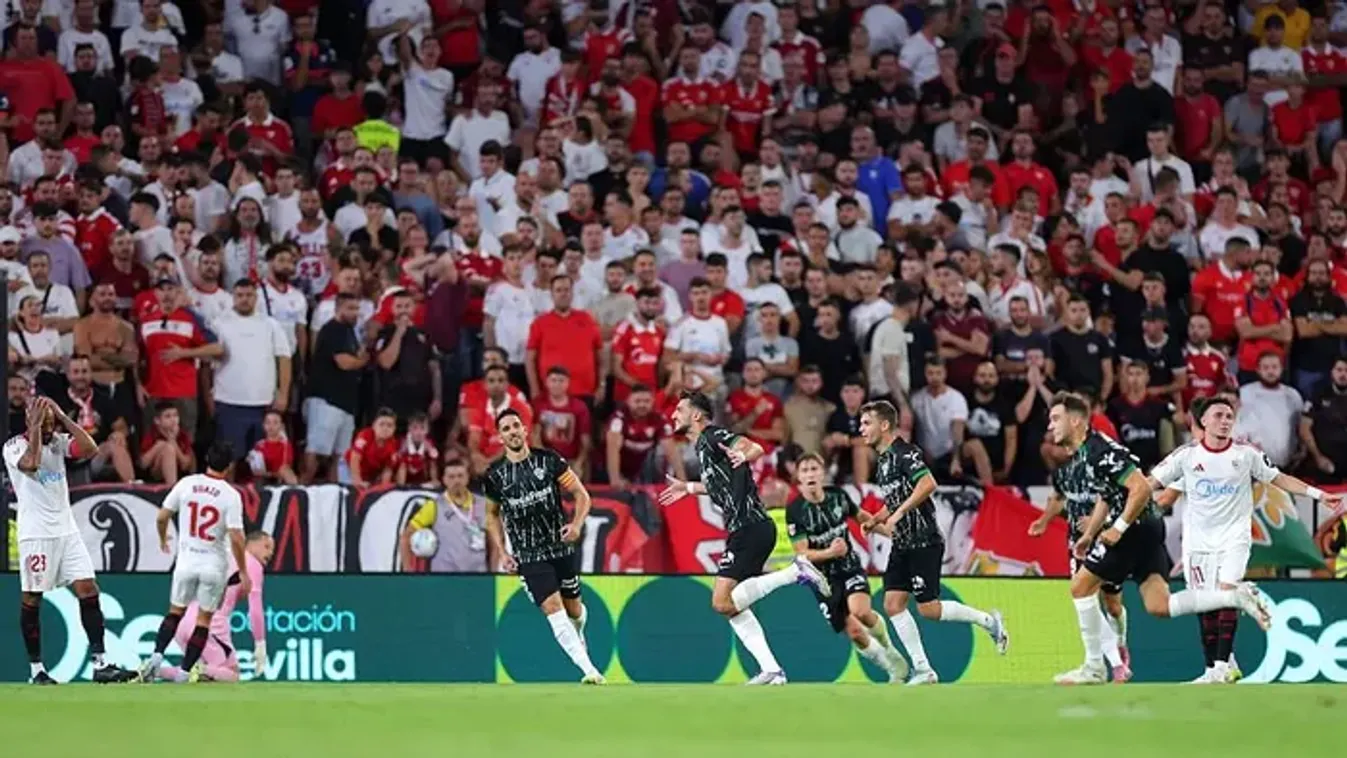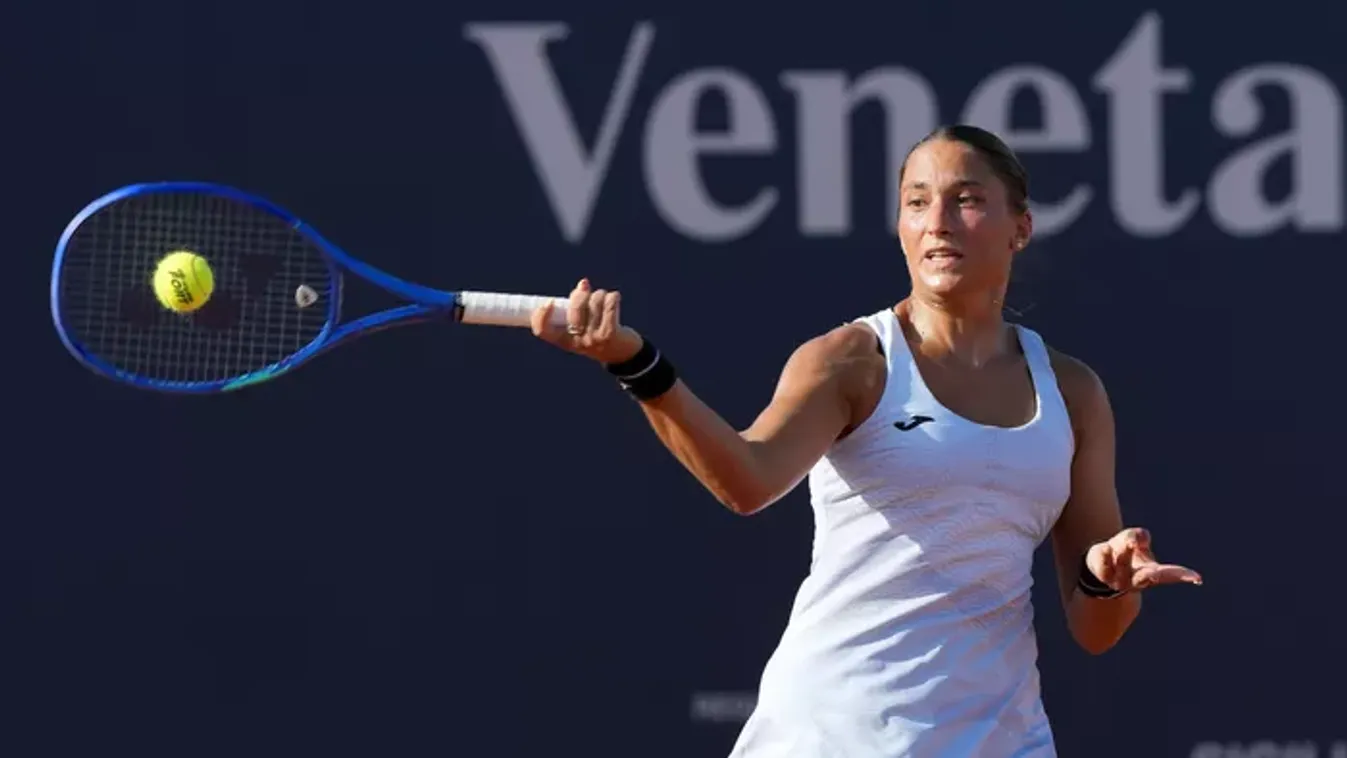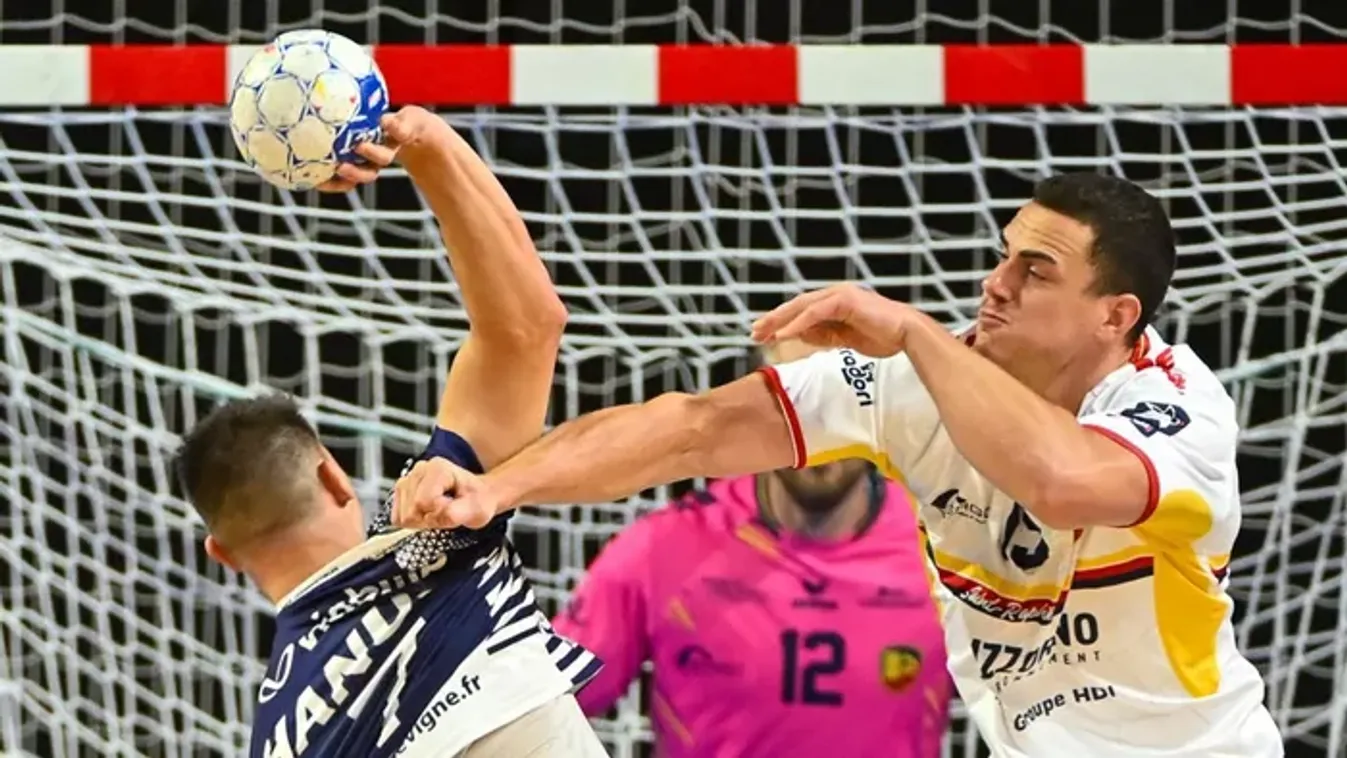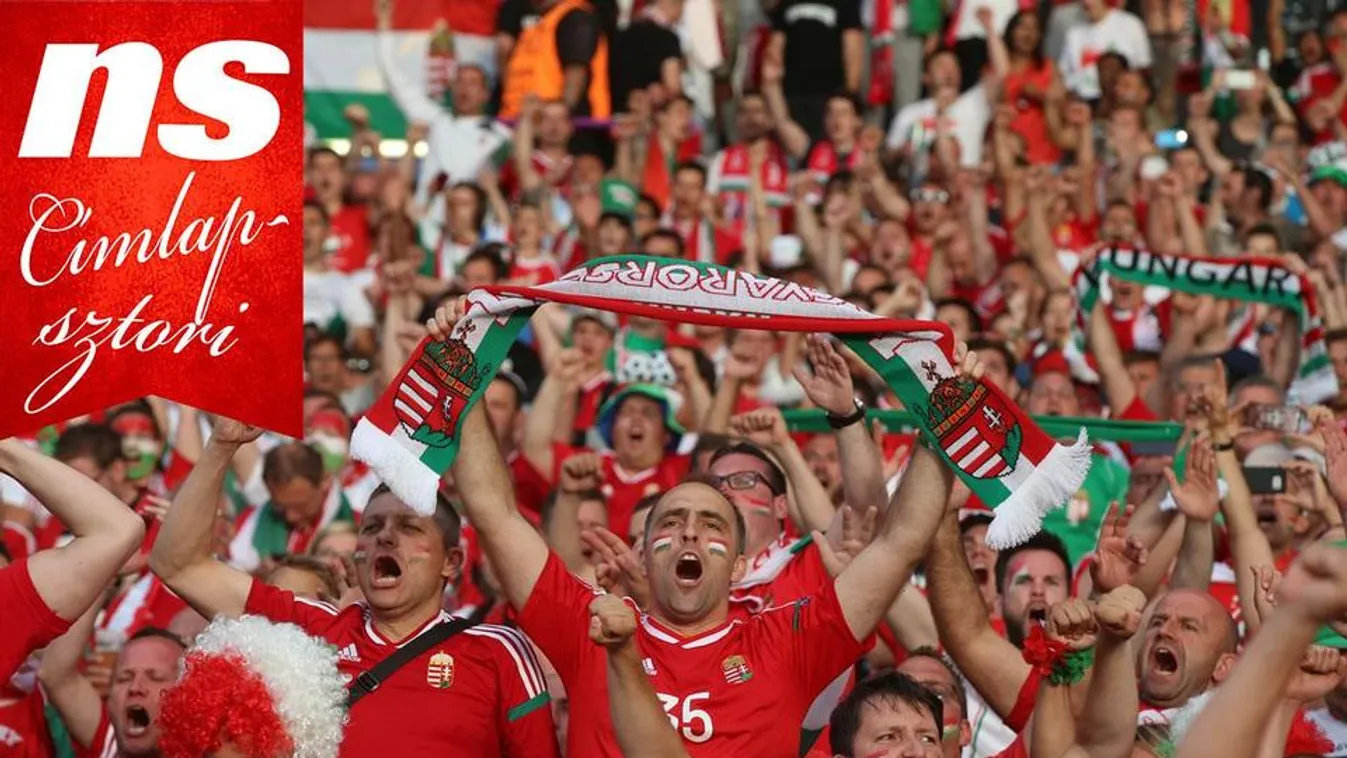
Colors, coat of arms, and anthem. These are the three most important identity-building elements of a football team.
For decades, we have envied the fans of football nations more successful than ours, who could travel to the big tournaments, World Cups and European Championships to cheer on their teams, who could see them in the stands in their united colors, wearing their national team jerseys. When the Dutch team played, the stands were orange, when Sweden played, they were golden, when Spain played, they were purple, not to mention the spectacular sea of the red-and-white chequered uniforms of Croatia. Now that we no longer have any reason to be ashamed of our national team's performance in recent years – we have beaten England twice, Germany, Croatia, Türkiye, and Serbia, and drawn with France, Portugal, and Germany – perhaps it is time to pay more attention to identity-building elements and appearance, especially colors, and ask ourselves the question: Why is it that the endlessly enthusiastic and numerous Hungarian fans do not wear Hungarian national team jerseys to the matches and do not paint the stands cherry red?
Of course, there are now many fans who wear the official national team jerseys, and there is no denying that there has been progress in this respect over the past decade. However, most of them still arrive at the stadium in some kind of replica football shirt, sweater, or casual attire, with the main supporters, for example, all wearing black.
But why is it that we haven't really developed a tradition of cheering in the national team jersey?
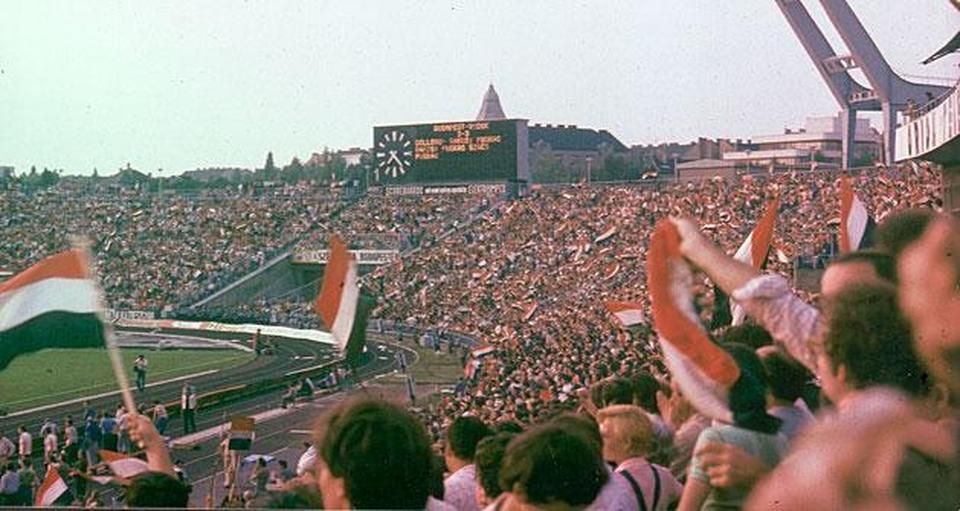
DIY IN THE KÁDÁR ERA
On the one hand, there are historical reasons. Before the regime change, there was practically no marketing for fans in Hungary, no national team (or club) jerseys were made, only for the players. There would have been plenty of demand for them because we played football well, and there were stars and role models on the pitches, but no matter how many fans wanted to own Détári's number 10 jersey, for example, it simply wasn't marketed. The fact that many people made their own homemade jerseys and other accessories is a good indication of the demand. Children wrote the number 10 on a plain T-shirt with a pen or grandma sewed it on in white. But it is well known, for example, that the most common way for the braver and more dedicated fans to obtain red-white-green flags was to take down (steal) the flags from the flagpoles on the houses on national holidays, cut them from the pole and take them to the next national team match. And if the red stripe was cut off, it was perfect as a green-and-white Fradi flag.
For example, when the Dutch painted half of the Olympic Stadium in Munich orange in the 1988 European Championship final, no one wore a cherry-red jersey in the stands in Hungary; fans mostly went to matches in everyday clothes. Face painting, scarves, and similar fan fashion appeared only later and sporadically in the Hungarian fan culture.
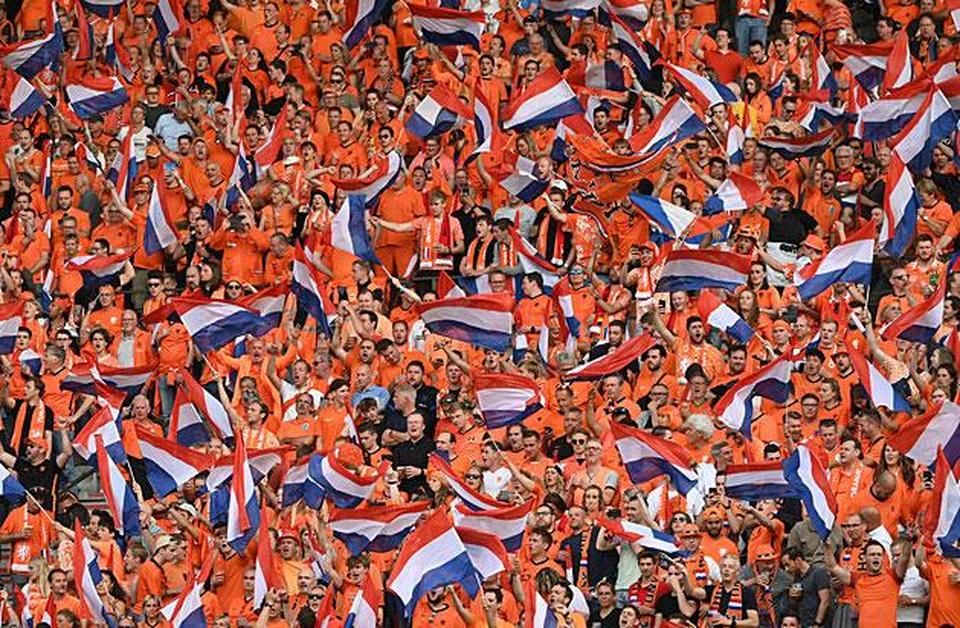
For a long time, even after the regime change, it was not possible to get official Hungarian national team jerseys. At the turn of the millennium, for example, Hungarians living in Canada asked the Hungarian Football Association (MLSZ) how they could get them, but MLSZ simply could not help them, Adidas did not produce Hungarian national team jerseys for sale.

Then this fashion started to spread to our country as well, but even nowadays, it's not as easy to find dresses as we think. We also have to admit that Adidas, the German manufacturer of the Hungarian national team kit for decades, probably considers the Hungarian market too small to build a business model on it. Also, the marketing activities in Hungary were moved to Slovakia years ago and we hear that there are often problems with the chain supply continuity. In comparison, it's a big deal that the new red-white-and-green-striped white national jersey - unlike many previous mass-produced red jerseys - has been designed specifically for Hungarians, bringing back the atmosphere of historic Hungarian footballing successes to the stands (while, of course, official Puskás jerseys, marketed as retro jerseys, have been available for years). Even a few years ago, if someone wanted an official Adidas jersey in their size, say, with the name Kleinheisler and number 15 on it, they had to search for a long time before they found it. Today, the official MLSZ webshop (webshop.mlsz.hu) and the association's partners are very helpful: where official match jerseys are available, customized inscriptions are also possible. But it lights shine on another matter: the price. A jersey costs between 30,000 and 35,000 forints (73-85 euros), which is very expensive for most fans, especially if all the family members want to wear one to a match. Even the children's jerseys are horrendously priced, with the cheapest being 21 990 forints (53 euros), but this year's newest jersey in children's size is available for 23 990 forints (58 euros) in the MLSZ webshop. What's more, there are no jerseys for preschoolers, with 128 being the smallest size available, which is good for six to seven-year-olds. And they are in a growing phase, few people can afford to spend more than 20,000 forints on a jersey, only for the child to then grow out of it in no time.
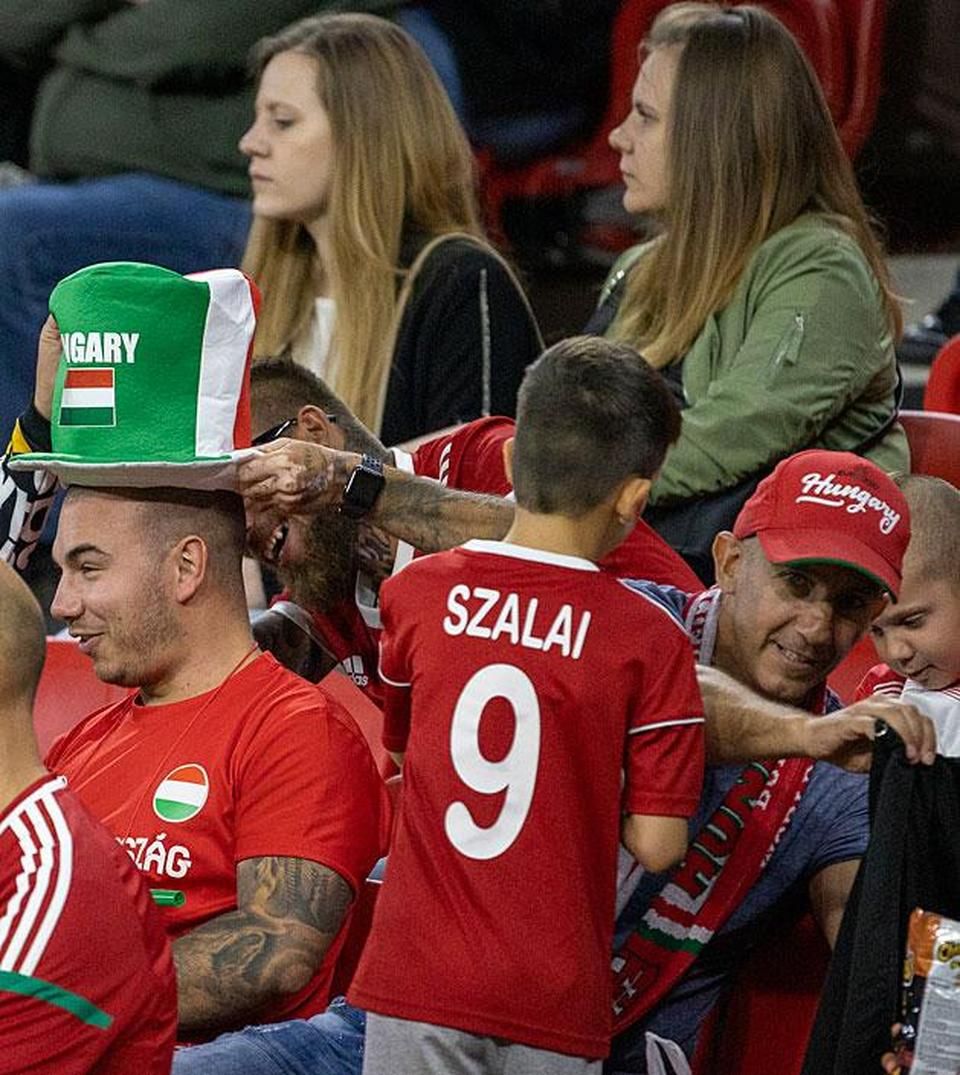


A SUB-CULTURE IS BORN
The aforementioned scarcity and expensiveness have opened up a fan subculture, which is reflected in the cheap replicas sold worldwide. (Among goods with the names Messi, Ronaldo, or Neymar on them, fortunately, Hungarian jerseys are increasingly appearing at street vendors today that can be bought in bulk.) On the other hand, there are private initiatives such as the national team's fan leaders, such as the Carpathian Brigade, and their supporters who march and cheer in black T-shirts with the word 'Hungary' on them, creating a brand of their own. Although the name 'Black Regiment' might be very sympathetic because of the historical parallel with Mátyás Hunyadi, the fact that others might be intimidated by the parallel between marching in black and the militaristic nature of the army (also for historical reasons) is also reflected in the fact that this is a business venture of some fan leaders. In any case, we would all prefer to see them as well in cherry red Hungarian national team jerseys at matches. Just as the ultras of Ferencváros or Budapest Honvéd do not like to cheer their team in club colors but in black or other alternative brands brought to life by the subculture. Of course, it is the clubs and the federation that should be the most important ones to dictate and control the fans' fashion style, in cooperation with the ultras, if possible.
FEELING OF TOGETHERNESS EVEN IN EVERYDAY LIFE
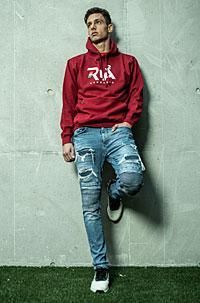
"According to the original plan, we wanted to introduce fan merchandise that is not only suitable for matches, but also, thanks to the current trend of cuts, patterns and quality, can represent the commitment to our national team and the solidarity of the fan base in everyday life - on the street, at work, in schools,” Balázs Graszl, the project leader, told our portal. “As the Hungarian national team does not have a traditional nickname or mascot, such as England's 'Three Lions' or Belgium's 'Red Devils', we felt it would be most appropriate to base the new range of fan merch on a distinctive fan slogan, using the colors of the national tricolor. In addition to the basic collection, we also launch related products for specific matches and current events. The most popular ones are the #csakegyutt Sikerült! (#onlytogether We did it!) in time for the European Championship, the symbol of Polish-Hungarian friendship (which was also very popular with Polish fans) and the ‘Easy...' T-shirts inspired by Marco Rossi's iconic comment.”

